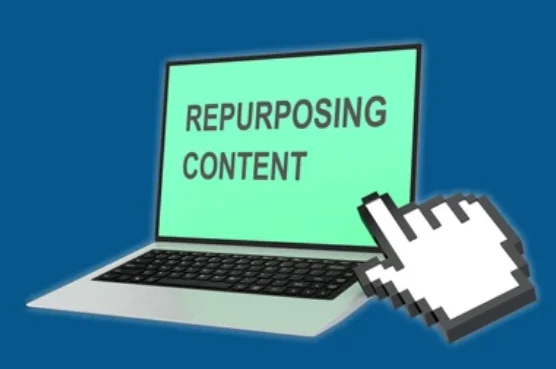If you’ve experienced your home broadband slowing down during busy times then you understand the impact of poor connection speeds. For businesses, it can be a much more costly issue through impact on team efficiencies and customer service.
A leased line offers guaranteed speeds and is symmetrical (upload & download speeds are the same). Learn more about what a leased line is & how it works.
What is a leased line?
A leased line is a private network connection. It’s also known as a private circuit, an Internet Dedicated Leased Line, or an MPLS leased line (Multi-Protocol Label Switching).
The connections are point-to-point and are not shared with others. They are symmetrical meaning that upload and download speeds are the same. This makes them ideal for businesses using a VoIP telephone system, video calling, and remote desktop connections.
The connections are also uncontended which means that they do not suffer from the congestion issues that affect standard broadband. Think of a motorway, where lots of cars are on it at the same time, then you get traffic jams and this is what standard broadband connections can sometimes feel like. With a leased line, you avoid that and have high bandwidth, guaranteed speeds, and exclusive use of the connection. This means your business can work effectively without the knock-on effects of a go-slow that can impact team efficiencies, customer service, etc.
What are the benefits of a leased line?
A leased line is a private connection that is exclusively for your use – so you can enjoy fast, reliable internet connectivity without the competition of other users sharing bandwidth. This is a big advantage over broadband connections which may suffer from performance fluctuations during peak usage times, as well as slower upload speeds compared to downloads.
A key benefit of a leased line is that it’s a dedicated service with an SLA, which guarantees high availability and speed, as well as a promise to fix any problems within a set timeframe. This is important for businesses that rely on their internet connectivity for everyday operations and services such as telephony, email, and cloud solutions.
Another benefit of a leased line is that you can achieve symmetrical data speeds which means upload and downloads are equally as fast. This is ideal for businesses that need to transfer large files frequently, cutting down on wait times and improving productivity.
How do leased lines work?
A leased line is a dedicated circuit between two sites that provides low-latency connectivity. It’s used for businesses with applications that are sensitive to the delay in sending data. These include Internet telephony systems, video calling, and remote desktop connections.
The connection is typically delivered using fiber optic cables, which transmit pulses of light that create binary code (on or off). These signals are then processed at either end to send the data across the network. The speed is limited only by how fast the equipment at each end can recognize these signals.
Unlike standard broadband connections, which share bandwidth with multiple users, leased lines are guaranteed speeds and uncontended. Their symmetrical download and upload speeds are perfect for businesses that use cloud-based telephony systems or transfer large data files. They also work well for businesses with multiple locations that require quality connectivity.
What are the disadvantages of a leased line?
Unlike standard broadband which typically only offers a best-effort service with limited compensation in the event of a fault, leased lines have strict SLAs and fixed response times to ensure that issues are rectified quickly. This is especially important for businesses with a reliance on Internet-powered technology such as business VOIP telephony systems, cloud applications, and on-premise application servers.
A leased line also offers unlimited data rates and is symmetrical so that uploads are as fast as downloads, which means that peak-hour usage doesn’t impact the speed of your connection as it would with a conventional broadband or FTTC service. Additionally, a leased line can be used to connect your head office with a branch location, which is a great way to reduce costs while increasing reliability.
Despite the advantages, there are some disadvantages to using a leased line that you need to consider. The most obvious is the cost – it is more expensive than a conventional broadband connection.


















